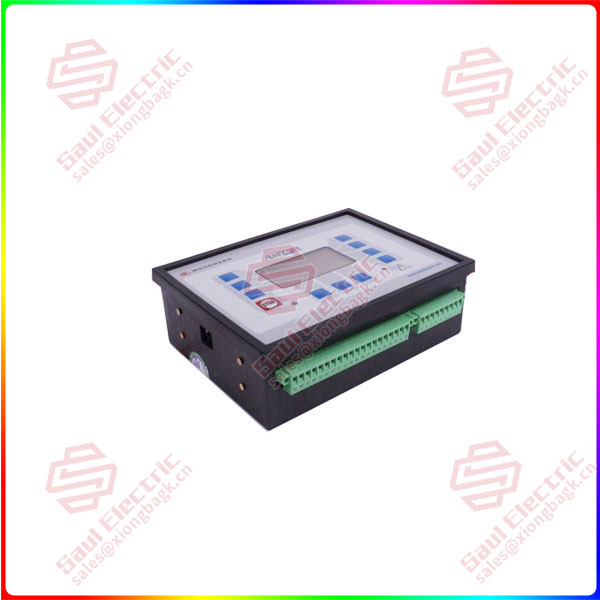Under the wave of digitalization, low code/zero code will greatly promote the efficiency of technology application and the process of industrial digitalization by improving the “development productivity”. At present, China’s low code/zero code has achieved certain application results in manufacturing, government affairs and public utilities, finance, e-commerce and other fields. With the application breakthrough of generative AI technology, the low code/zero code market will usher in new changes and development opportunities.
In the study “Market Insight: China’s Low Code/Zero Code Market Development Insight (2023)”, analysts carried out detailed market research from the perspective of enterprise customer needs and application practices. Based on a large number of mathematical and case evidences, LowCode has carried out in-depth research and insight on the status quo and trend of industry development, the voice of customers (demand side) and technical insight (supply side), the practice of subdivision, and the capability of suppliers.
The report is based on the DTE matrix, emphasizing the current state and future trends of the industry from a macro technical perspective of the development of low code/zero code applications, and identifying opportunities from it. This is also an innovative research content worth paying attention to in the Market Insight report.
China Low code/Zero code market overview
01
Market development stage
China’s low code/zero code has a large opportunity space to be explored; Judging from the cycle definition of DTE matrix, most practitioners at this stage are in the exploratory stage and the initial stage of effectiveness.

8440-1750
DTE matrix is a positioning evaluation of the application situation of enterprises that have implemented low/zero code practices, covering a large number of representative research samples. With diagram visualization in mind, typical enterprise use cases are shown here.
From the perspective of “practitioner’s business penetration” and “target audience penetration”, there is a large opportunity space for low code/zero code to be explored.
The DTE matrix shows the characteristics of the current cycle and stage of the practitioners, and can reflect the business penetration rate: most practitioners have not yet achieved scale expansion investment, and mainly focus on local business attempts. From the perspective of the law of the landing cycle, most enterprises from the exploration period to the initial effect of only 2 years, which usually takes 2 to 3 years or even 3 to 5 years to expand the performance, and with the gradual maturity of AIGC, suppliers in the product into the relevant capabilities, or will accelerate the landing process to a certain extent.
The target audience penetration rate of low code/zero code in China is about 10% to 15%, and there is a large opportunity space to explore in the future. Although the adoption of low/zero code positive attitude of the industry precipitation some users, but the target audience penetration of these industries still has a large room for improvement, and in addition to the construction of independent low/zero code development platform of enterprise users, some practitioners of software services will adopt low/zero code ability to assist development, rather than users actively adopt low/zero code technology. For the industry with a less positive attitude towards investment, more market education and good demand opportunities are still needed to open up customers.
With the expansion of business penetration and the increase of low/zero code investment, some new businesses may have a run-in period, and the technology return rate may have short-term fluctuations.
According to the continuous project tracking, when an enterprise invests low/zero code in more businesses, it is affected by factors such as the management of new organizational departments, the collaboration between development teams and business teams, the increase of training costs and technology input costs, and the overall technology ROI of the enterprise may fluctuate in the short term, and leaders should treat it rationally.
02
Technical application practice stage
At present, most Chinese enterprises are in the initial exploration and expansion exploration stage of low code/zero code application practice, and leading practitioners are paying attention to the practice and impact of AIGC on code generation.
Overall, most organizations are in the initial and extended exploration phases of low code/zero code application practices. Since the relationship between each dimension is cyclical, enterprise leaders should strategically adopt route planning, unified governance, agile iteration and other methods to improve the comprehensive practice efficiency when adopting low code/zero code technology. To ensure that the low code/zero code investment can get the best ROI and leverage the synergistic value of the business team and the technical team.
 1 Year Warranty
1 Year Warranty





